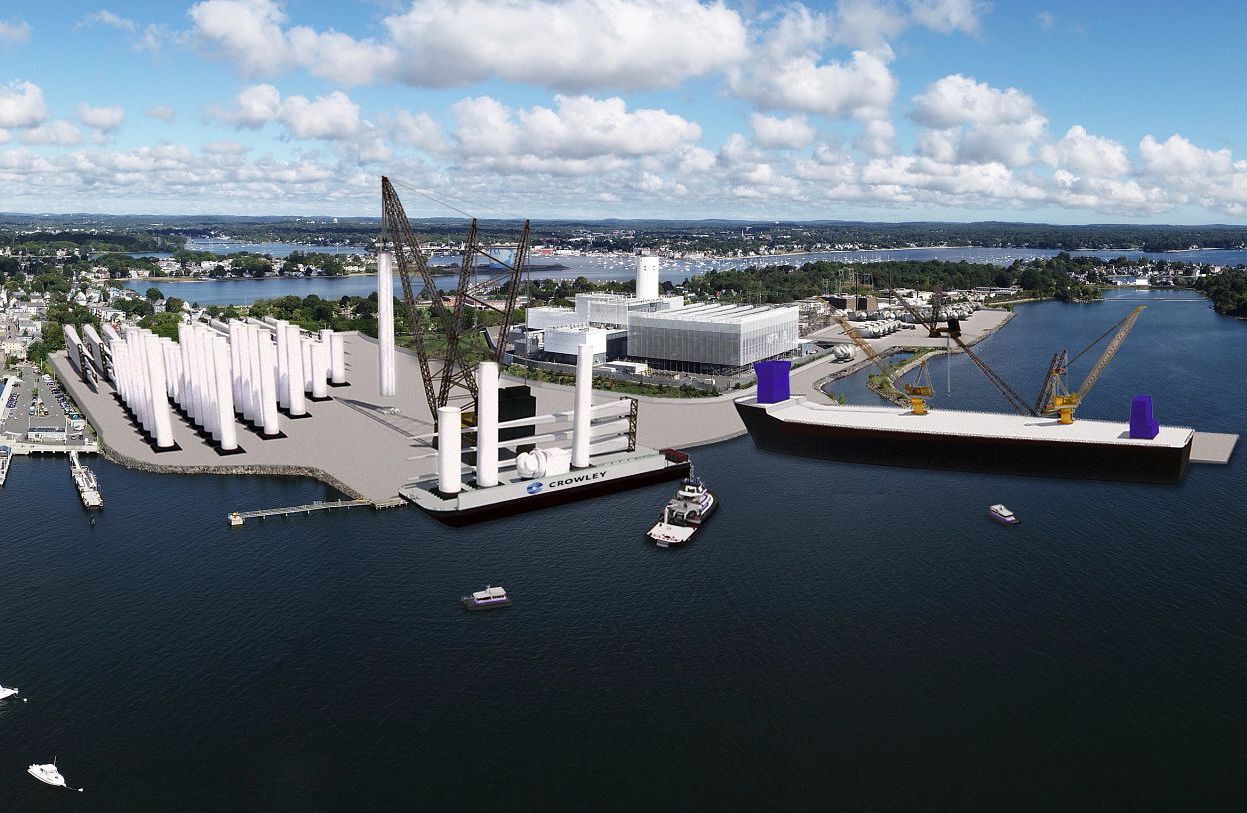(3 minutes read)
The Namibian Ports Authority (Namport) is leading a plan to revamp the nation’s port infrastructure to elevate Namibia’s role in the regional logistics landscape. NamPort has set its sights on several significant projects that span both the short and long term with some expected to span over 30 years amongst other projects across the coast of the country, and envisions the development of multiple terminals in response to market demand.
The Namibian Ports Authority (Namport) is leading a plan to revamp the nation’s port infrastructure to elevate Namibia’s role in the regional logistics landscape. NamPort has set its sights on several significant projects that span both the short and long term with some expected to span over 30 years amongst other projects across the coast of the country, envisions the development of multiple terminals in response to market demand
Namport needs at least N$26.2 billion to be sourced through public-private partnerships (PPP) to expand the country’s ports for the emerging oil and gas sector. Several notable projects have been brought to the forefront including the expansion of the Lüderitz Port, which is expected to necessitate a blended financing approach, totaling approximately N$2 billion.
The Angra Point initiative is currently estimated to cost around N$10 billion. Walvis Bay North Port One-Stop-Shop Supply Base. This project operates under a public-private partnership (PPP) model and is anticipated to require an investment ranging from N$2 to N$4 billion, based on the port’s latest data. Furthermore, NamPort says the commitment to PPP structures extends to the establishment of Liquid Mud Plants, requiring an investment of approximately N$200 million. The proposed Graving Dock at the Port of Walvis Bay North Port could involve an expenditure ranging from N$5 to N$10 billion.
Read Also:
https://trendsnafrica.com/namibian-port-expansion-plan-to-be-a-trade-hub-in-southern-africa/
https://trendsnafrica.com/namibias-new-port-terminal-at-walvis-bay/
https://trendsnafrica.com/prohibition-on-export-of-unprocessed-critical-minerals-from-namibia/
Speaking at a recent industry conference, Namport’s CEO Andrew Kanime warned that the country’s ports may face capacity challenges in gearing up for the developmental phase of the oil and gas sector. Kaname said a medium-sized offshore corporation requires 5 to 10 hectares of land, with requirements potentially scaling up to 100 to 200 hectares depending on industry development. Kanime also emphasised the need for a balanced approach, ensuring the continued support of industries such as fishing, diamond mining, and mineral ore processing alongside the development of new cargo facilities.





